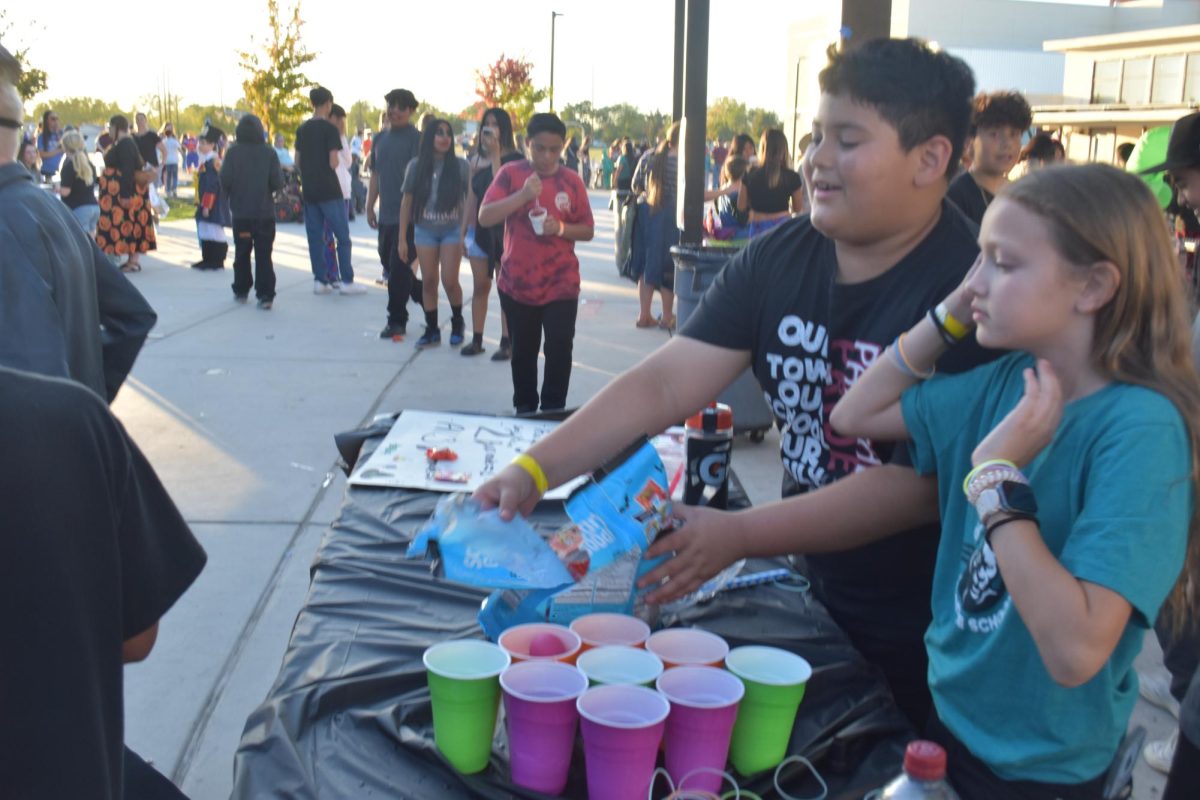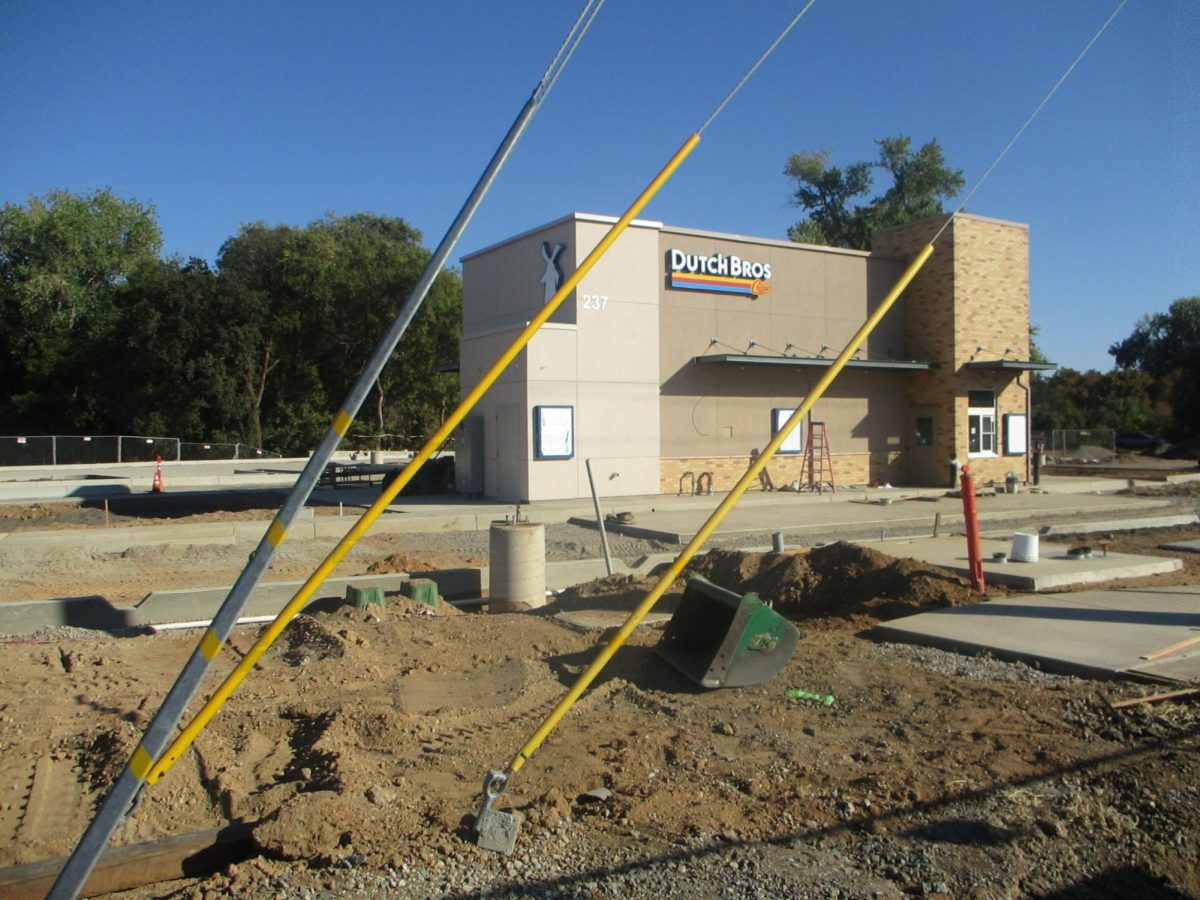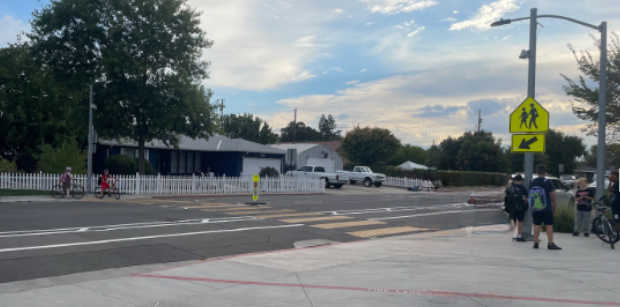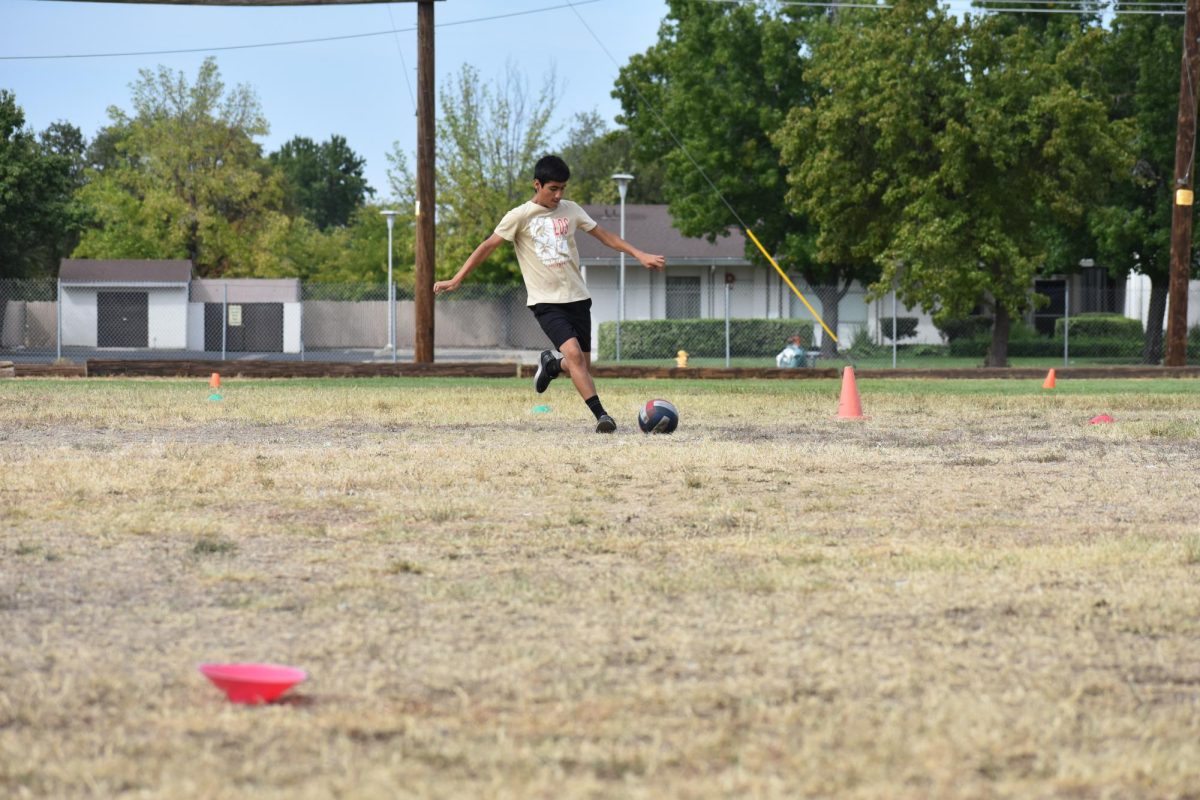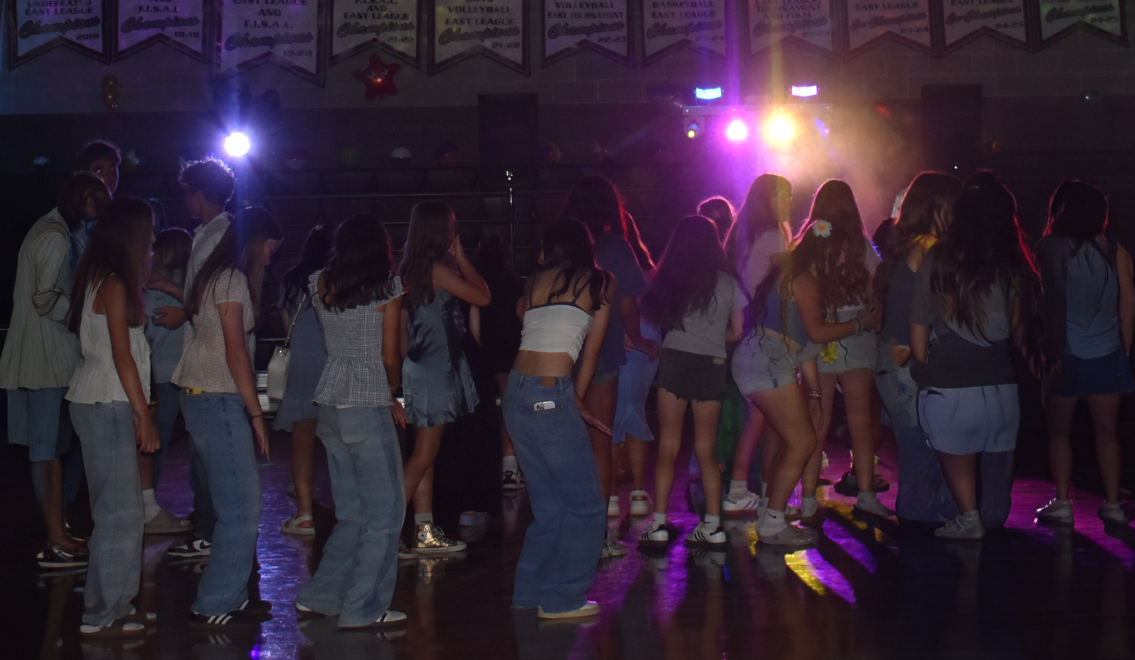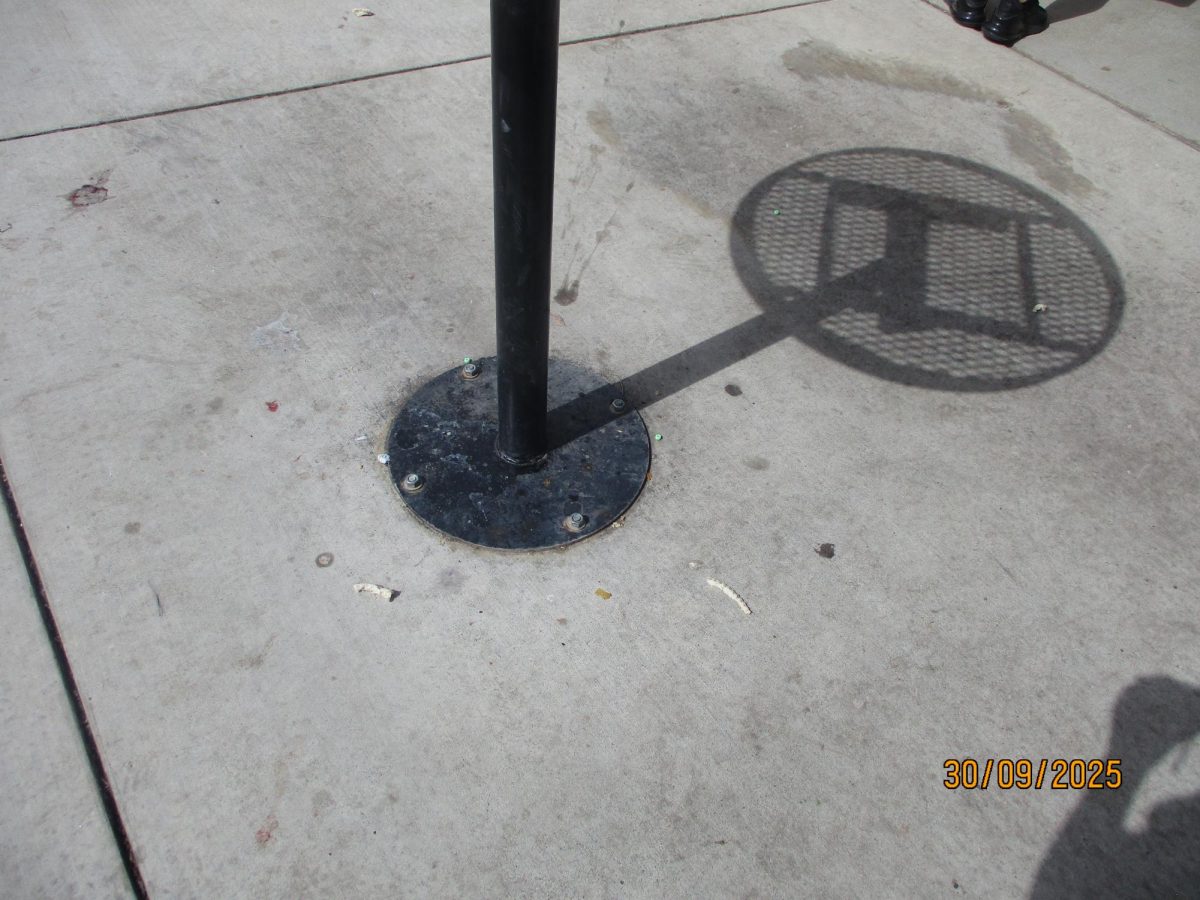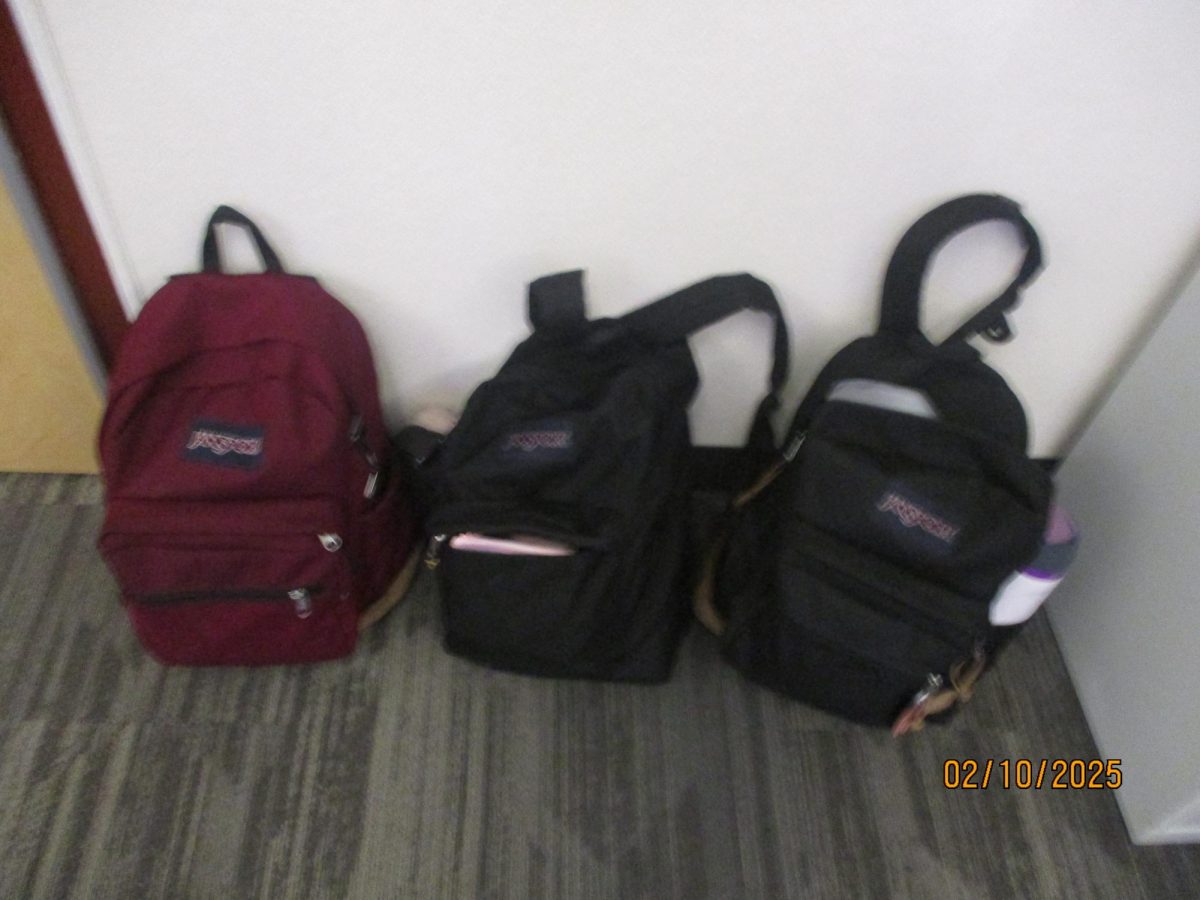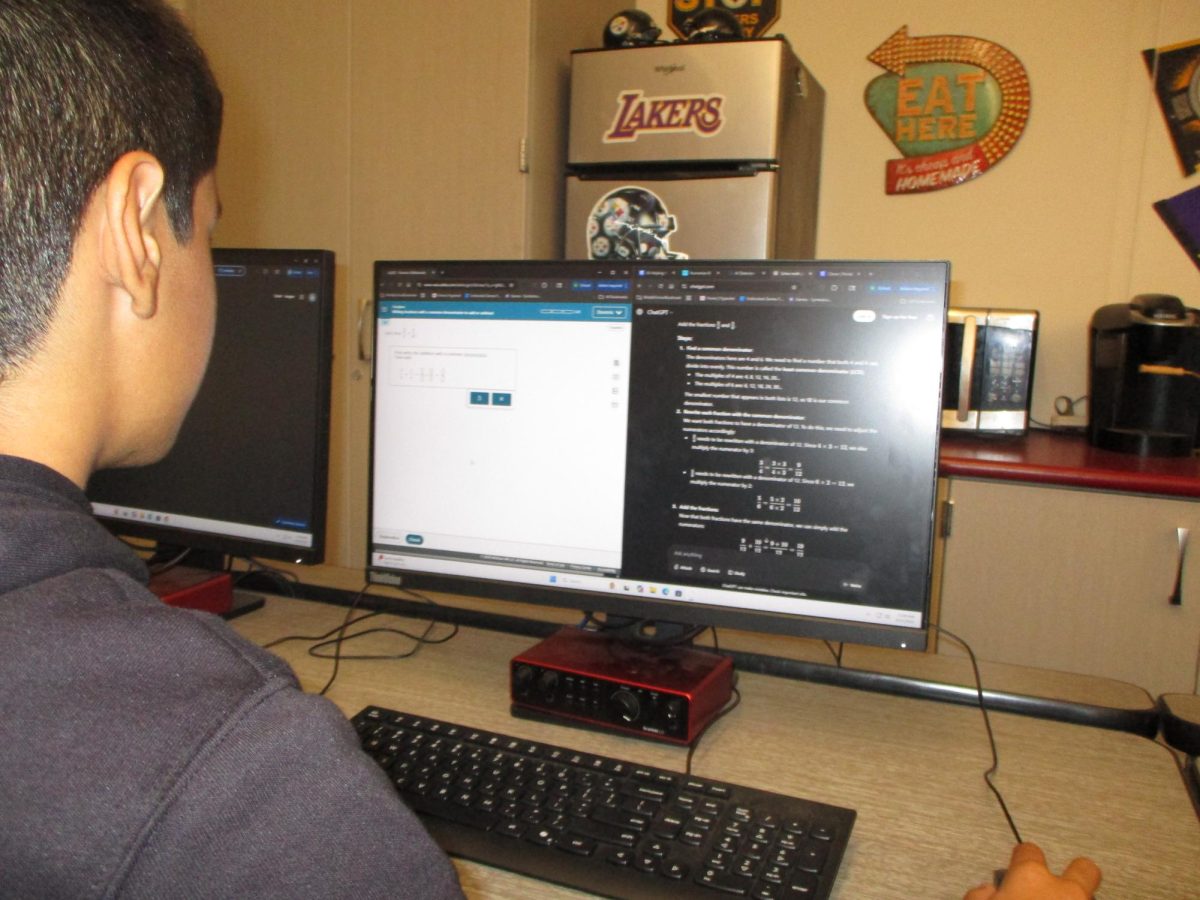All over the world, people have experienced inflation as a result of COVID-19. Even five years after the pandemic began, the U.S. is still facing the effects of rising prices. If you’re not familiar with the term, inflation is the general increase in prices and the fall in the purchasing value of money. This issue doesn’t just affect adults—it also impacts teenagers both now and in the future. One of the most immediate ways teens feel the effects of inflation is through the rising cost of necessities, especially school supplies.
With inflation on the rise, family budgets are being stretched thin. The cost of essential school items—such as electronics, clothing, books, art supplies, and folders—continues to go up. This can be especially challenging for students whose families can’t afford everything they need. When students are limited in the supplies they have, their learning experience may be affected.
Another necessity impacted by inflation is clothing. While many people may not notice the rising prices, there are several reasons behind them: increased costs for raw materials, labor, shipping, manufacturing, and even global instability. These factors all contribute to higher clothing prices, which puts additional pressure on family budgets.
School trips are also becoming more expensive. Rising transportation and admission costs are putting a strain on school budgets. As a result, schools may cut back on the number of trips they can offer. Other contributing factors include cost-saving measures, reduced funding, and the burden of higher expenses being passed onto parents.
Technology is constantly advancing, but it’s also becoming more expensive. Many schools rely on Chromebooks and other devices for student learning. However, with inflation driving up prices, some schools may not be able to purchase enough devices or keep them updated. This can lead to delays, limited access, and a widening digital divide that affects learning opportunities.
Even everyday shopping trips are impacted. Recently, I went to Walmart to buy yarn, and it was priced at $20. Just a month earlier, it was $14. This kind of price jump is something everyone is experiencing. Whether you’re buying food, clothes, or craft supplies, inflation affects what you can afford.
School dances and sporting events are part of a typical teen experience, but they, too, are becoming more expensive. With rising costs across the board, schools may have to increase ticket prices for events—or reduce how often they host them.
Getting a car has always been a milestone for American teens, but inflation may be putting that dream out of reach. Many parents can no longer afford to buy starter cars for their kids, even when those teens have their driver’s licenses. Without access to a car, teens may find it harder to hang out with friends, get to part-time jobs, or enjoy the independence that comes with driving.
Overall, inflation is making life more difficult—not just for teens, but for young adults, too. More adults in their early 20s to late 30s are living at home with their parents than ever before. In the early 2000s, the average age to move out was around 22 or 23. Now, it’s closer to 26 or 27. If inflation continues to rise, the average age to buy a home may increase even more.
Panther Press serves as the voice of the journalism students at Glen Edwards Middle School. The views on this site do not reflect the views of WPUSD or the admin at GEMS. Our goal is to promote student expression and provide a platform for diverse voices and viewpoints within our campus community.

